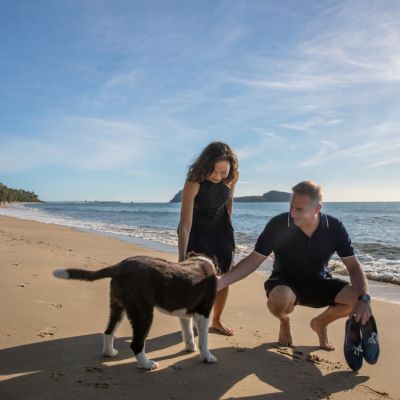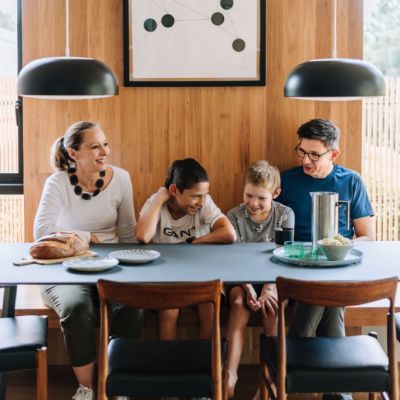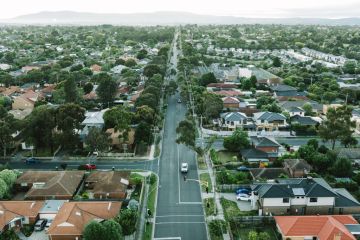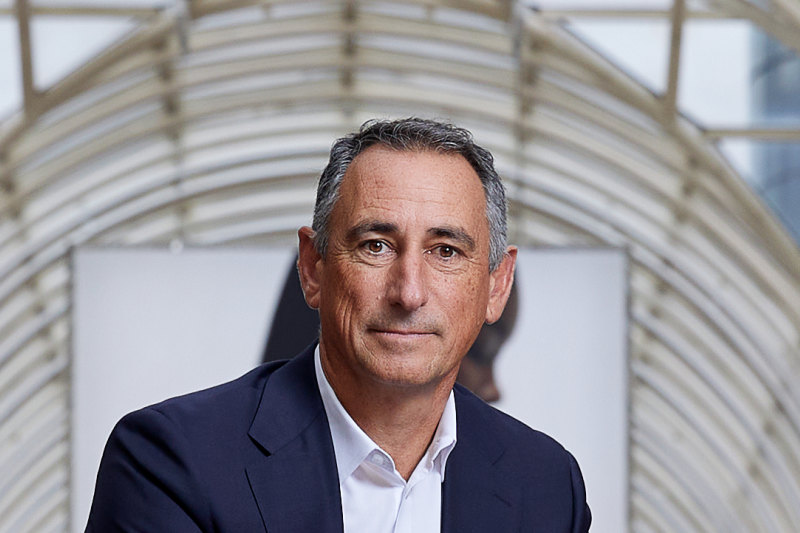How escaping the city could boost your purchasing power
With house price growth across the nation’s capital cities continuing to rise, many home buyers are choosing to escape the city in a bid to increase their purchasing power and gain more bang for their buck.
Sydney’s median house price has reached a record high of $1,309,195 according to the March Domain House Price Report. In Melbourne, the median has increased 7.3 per cent during the year to March to $974,397, while Brisbane’s median house price is now $632,999.
With many buyers feeling priced out of the property market in their city, some are making the decision to relocate to the outer suburbs or regions in an effort to realise their dream of home ownership.
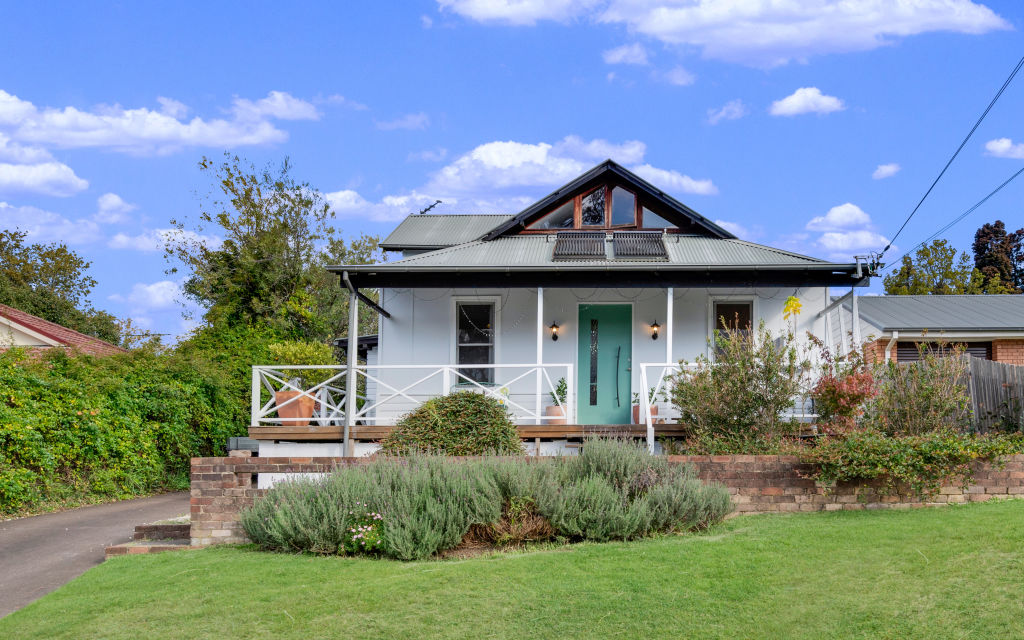
“Buyers sometimes can’t believe it. They are scratching their heads that it’s possible that they can sell where they are in Sydney and have plenty of change left over to have a good lifestyle,” Belle Property Lake Macquarie sales director and auctioneer Matthew McBrearty said.
“It’s opened their eyes to further possibilities.”
Brisbane-based buyer’s agent Jayne Robbins, of The Informed Buyer, said it was not just city buyers relocating within their own state, but she had noticed a current trend of buyers moving interstate from Sydney to Brisbane.
“In their considerations they see the lifestyle up here in terms of commute time, and education [as appealing],” she said.
“It’s that commute; an extra hour in the day, what would you do with that? The extra commute is the difference between having dinner with your kids or not.”
Ms Robbins said the pandemic has provided flexibility within workplaces so that employees could discuss the possibility of living and working remotely from another state.
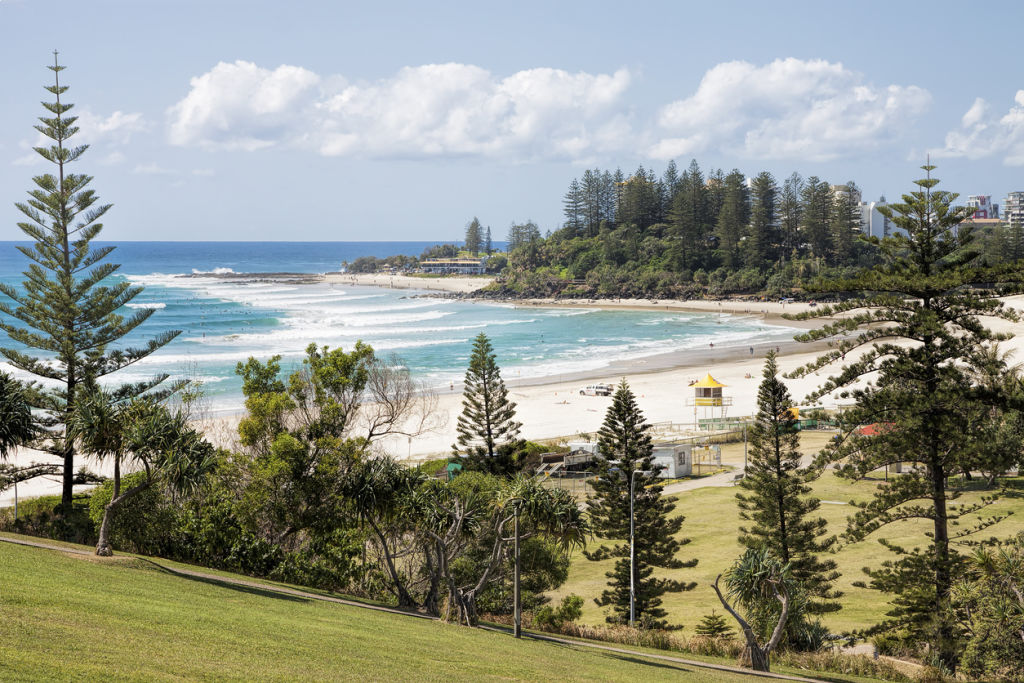
Where people are moving
New South Wales
Mr McBrearty said on the back of an influx of Sydney buyers relocating to the Southern Highlands, many had now set their sights on the Hunter Valley, where the median house price is $496,500, less than half that of Sydney. His team had seen some 60-80 per cent of the region’s buyers from Sydney.
“You’ve got a great tourist region and really beautiful lifestyle homes,” he said. “And, it’s really only an hour, or just under an hour, to get back to Newcastle, [and] you are still within an arm’s reach to the Sydney metropolitan area.”
He said he believed COVID-19 had been a contributing catalyst to the current migration pattern of Sydneysiders to regional areas, with many buyers realising it was possible to live out of the city and work remotely.
Queensland
Queenslanders are trading the city for the regions at an increasing rate, according to LJ Hooker Fraser Coast director Tony Sprake.
“It’s been a trend that has been growing over the last 10 years but it’s been an absolute acceleration beyond any comprehension the last 12 to 18 months, which so happens to coincide with the pandemic that we are all governed,” he said.
He had noticed an enormous exodus of people from the Gold Coast, in addition to the Sunshine Coast, where they were choosing to capitalise on market growth and head north, where their purchasing power was greater.
Suburban areas of Hervey Bay and Fraser Coast, where an average house was considered more affordable, were popular with buyers escaping the city, he said.
“It is a less hectic lifestyle and the fact that we have direct flights to Brisbane and Sydney, allows [buyers] to still have the connection to metropolitan Australia,” he said.
Victoria
LJ Hooker Wonthaggi director Scott Hughes said his office in Wonthaggi, on Victoria’s Bass Coast, had noticed a big influx of buyers, not only from Melbourne, but also the Mornington Peninsula.
He said the area’s proximity to Melbourne, about an hour-and-a-half away, was a drawcard, as was the value for money, with many buyers able to afford a house on a bigger block of land.
”In a lot of cases it’s a lifestyle choice,” he said.
“More people can work from home and if they have to go back to the city once or twice a week or whatever the case may be, it’s pretty accessible.”
What to consider before making the move
When it comes to making the choice to relocate, lifestyle and employment were key considerations, Empower Wealth managing director and property investment adviser Ben Kingsley said.
“It’s going to come down to your lifestyle design,” he said. “What is more important to you? Is financial wealth a strong driver for you, or is work life balance a strong driver?”
“Ultimately, we all need income to survive, so what are the job prospects like in the new area that I am going into? I would be always mindful of, if you are going into a very high tourism centre, as usually the job prospects are going to be related to that industry.
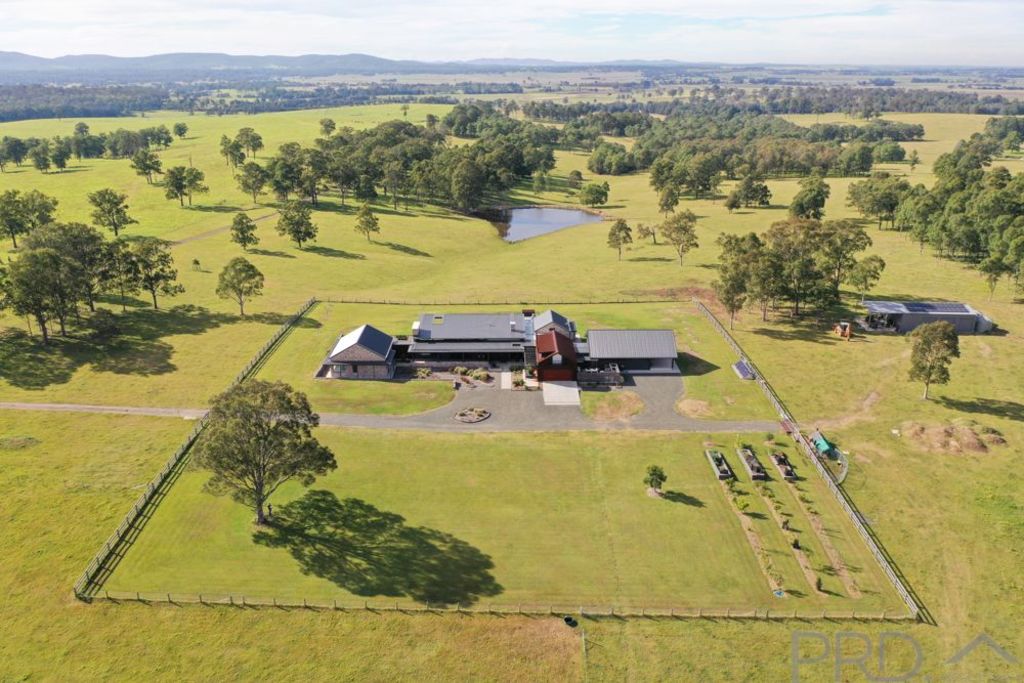
“There is not going to be a lot of white-collar type work to be done there and the incomes are going to be appropriate to hospitality industries.”
Typically, Mr Kingsley said the cost of living and affordability was considerably better in locales away from the city.
“You will see a pick-up in regards to your costs of living, so if you maintain remote working and [your] higher income then it’s a bonanza for you. But if you can’t, and you are moving to these remote locations and are willing to take a 20 to 30 per cent pay cut, that’s still appropriate for that particular market.”
We recommend
We thought you might like
States
Capital Cities
Capital Cities - Rentals
Popular Areas
Allhomes
More
